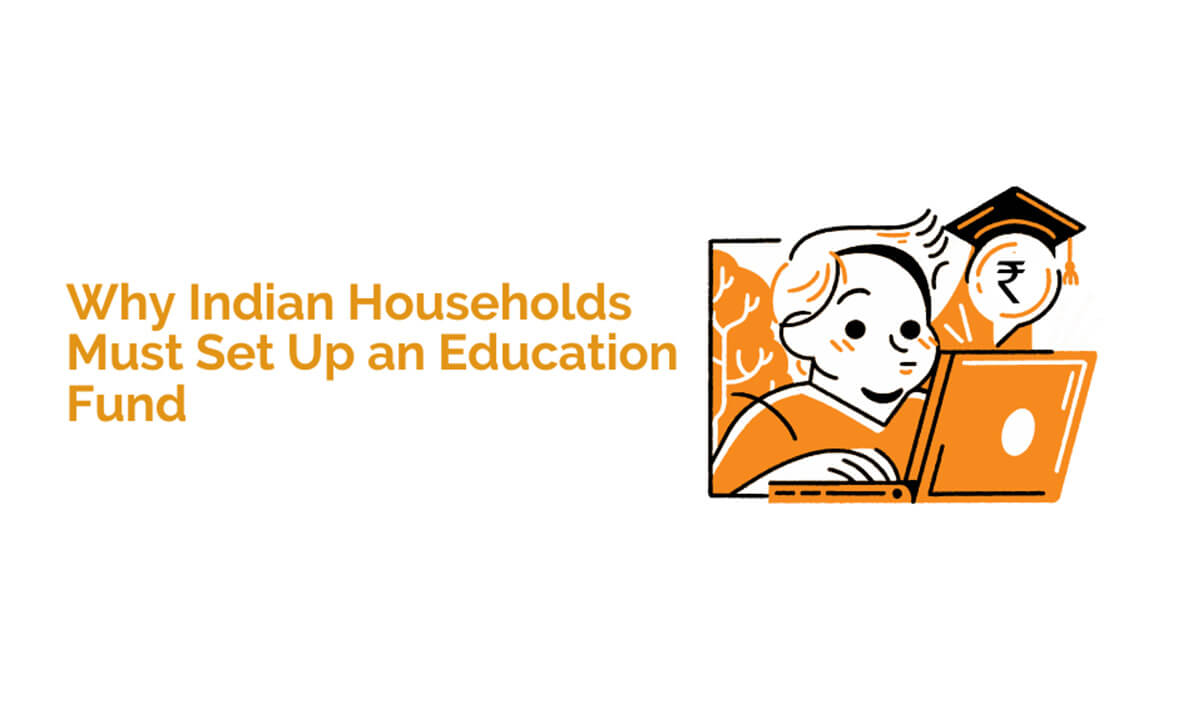Why Indian Households Must Set Up an Education Fund
Rising Tide of Education Costs
In recent years, the cost of education in India has seen a significant surge.
With top-tier private institutions demanding hefty fees for undergraduate courses, it's evident that education expenses are becoming one of the most substantial financial burdens for families.
Anecdotal evidence suggests that many Indian households undergo a great deal of emotional, physical and financial distress when children are getting ready for higher education.
Education Inflation, the Silent Threat
Interestingly, education inflation has consistently outpaced household inflation, rising 10-12% over the years. To put this into perspective, pursuing an MBA from a premier institution would have been considerably cheaper a decade ago.
Today, the same two-year program can cost almost double.
And if current trends continue, by 2033, an engineering degree could cost a small fortune, while a medical degree might require an even more significant investment.
Also, not to mention any new stream of education or specialization that could come into vogue by then.
Planning Ahead: Setting Clear Goals
It's essential to have a clear vision of the future.
Given the diverse range of courses available, parents often grapple with determining the right amount to save. Whether it's medicine, engineering, arts, science, or commerce, fees can vary dramatically.
But it's not just about tuition. Additional expenses, such as accommodation, library fees, extracurricular activities, and equipment, can add up.
Experts suggest accounting for over 20% of the tuition fees for these ancillary costs.
Regular Investments and Compounding Gains
Once you've set a target, the magic of compounding can work wonders. Regular SIPs (Systematic Investment Plans) can help you reach your goal, especially if you start early.
As your income grows, consider increasing your SIP amount annually. This proactive approach ensures that the education corpus doesn't clash with other financial goals.
Fixed-income Provides Ballast
While mutual funds are a popular choice, aligning them with your risk appetite is crucial.
As you near your goal, consider rebalancing your portfolio to prioritize debt schemes.
Financial experts often caution against children-focused investment products due to their high costs, stringent conditions, and lack of flexibility.
Insurance, Underappreciated
An often-overlooked aspect of financial planning is insurance.
A well-planned term insurance ensures that the child's education remains uncompromised in the unfortunate event of the earning parent's untimely demise.
It is a safety net that provides peace of mind.
Right Asset Selection
Financial planning isn't set in stone. As circumstances change, so too should your strategy.
Some parents earmark physical assets, like property or land, for their child's education.
However, these assets can pose liquidity challenges. It's always advisable to start investing early, ensuring manageable sums and aligning with other long-term goals, such as retirement.
With costs soaring and the future uncertain, it's never been more vital for Indian families to prioritize financial planning for their children's education.
Consult a SEBI-registered financial adviser to select the right product for your goal and appropriate for your risk profile.
Sign-up to get ahead in your journey, of growing and conserving wealth.
Bondbazaar gives you the ultimate real-time trading platform for bonds.
Follow us for content that helps you stay ahead of the curve.

